Recently, Bell Sport & Classic proudly revealed their latest example of outstanding in-house Ferrari restoration. Bell Sport & Classic did a complete, ground-up, concours-level restoration of the original 246 GT Dino L. Series which was first presented during the 1969 Frankfurt Motor Show.
An influential and iconic model from Ferrari’s history, the 246 GT is the perfect example for Bell Sport & Classic to showcase their expertise; bringing together originality, keep attention to detail, with the latest restoration techniques and technology to make what could arguably be the best Dino in existence.
In 1969, the example left the Maranello factory and was exhibited at the Frankfurt Motor Show. It was then delivered to West Germany to its first owner. The example was the first Dino to be sold in the country, and it was the seventh L Series that Ferrari made.
Lasting Legacy
Bell Sport & Classic Managing Director Tim Kearns shared, “Enzo Ferrari first used the ‘Dino’ name to denote a range of V6 Formula 1 and Formula 2 racing engines as a tribute to his first son Alfredo ‘Dino’ Ferrari, helped develop the engines, but tragically succumbed to illness at the age of 24 in 1956. When Ferrari launched its first V6-powered, mid-engined road car in 1968, it did so under the ‘Dino’ brand. And instead of the traditional Cavallino Rampante or Prancing Horse Ferrari badge, the Pininfarina-designed cars carried the signature of Alfredo ‘Dino’ Ferrari.”
The 206 GT variant was the first Dino that Ferrari launched, and it was then equipped with a 2.0-liter V6 engine. A year later, the 246 GT L followed, with a wheelbase that was 60mm longer, and a more powerful 2.4-liter engine like the 246 GTS targa model. Only 357 examples of the L-series Dino were built by Maranello and M- and E-series variants soon followed which were manufactured in greater numbers.
In 1969, renowned motoring and racing driver Paul Frère described the Dino 246 GT L, stating, “The Dino is most fun to drive on roads with lots of bends and good visibility. I know of very few cars that offer as much driving enjoyment through this type of terrain as this one does.”
Frère was not alone in their admiration for the Dino. “Critics and customers alike loved the way the Dino looked, sounded and drove. The car soon became acknowledged as a ‘lifestyle’ icon, even achieving fame in the cult classic detective television series ‘The Persuaders’, in which Tony Curtis drove a 246 GT,” Tim Kearns shared.
“It’s remarkable to think that at the time the car made its debut, Enzo Ferrari was adamant that his road-going creations should only be fitted with V12 engines and launched the new V6-powered Dino as a sub-brand. Yet today, Ferrari has closed the circle and returned to the V6 engine format, albeit in turbocharged guise, with its new 296 GTB.”
Raising the Standards, Upholding Authenticity
The Dino 246 GT with chassis number 00436, has been confirmed to be the 7th Dino made out of 357 units built. It has traveled around the globe spending some time in Germany, France, Canada, and the U.S. Although it has traveled a lot, 00436has a mileage of only 53,400 miles which is roughly around 86,000 km, after forty-eight years. Before it arrived at the Bell Sport & Classic garage for an extensive restoration, it was in a very sad state of disrepair.
Project leader Peter Ensor shared, “To be honest, I doubt if many other proper restoration companies would have even considered taking this project on. The tired state the Dino was in, it just didn’t look economically viable to attempt to return it to its former glory.”
Ensor, Elliot East, Marc Holden and technical director Attilio Romano consist of the key team that worked on the restoration of the Dino.
“The car had been restored twice before in its life already but lacked real care and precision. It was painted Rosso Corsa red instead of the original Rosso Dino, which has a more ‘orangey’ hue, the leather trim was incorrect too – it was black and red as opposed to the black with orange seat towelling interior fitted at the factory. And that was just for starters. When we delved deeper, we realized that there were plenty of other problems to address too.”
The inner wings and the misshapen front and rear valances were filled with rust. Door panel scoops were misaligned with the body both in height and angle. The wheel arch heights didn’t match, and the rear roofline was also unbalanced. “And those were just the things we could see. We also found that at some stage replacement front wing panels had been welded on top of the original items. The same ‘technique’ had been used on the sills and rocker panels, which meant the seam lines had been lost and rust had been locked in underneath,” Elliot East recalled.
The real status of the Dino was not known until Bell Sport & Classic completed a full strip-down of the steel monocoque. It took several months just to finish stripping the Dino down. They had to carefully remove the aluminum panels, glass, doors, and all the mechanical components.
It was only then that the team saw and realized the effort, skill, time, and expense that would have to be invested to restore the Dino. In a way, however, it seemed like the Dino is the perfect project for Bell Sport & Classic to take on and showcase their expertise on bodywork, mechanical, and interior trim refurbishment. The company has always been proud to have a set of standards that is unmatched in the industry. They are able to delivery a level of finish that is far more superior than what the vehicle would have had from the factory in period, while completely respecting the originality of the classic car.
They hold themselves to the highest standards and it shows as they were able to get the coveted Ferrari Classiche certification for their excellent work in restoring classic Ferrari models. There is no better company to work on the Dino project than Bell Sport & Classic. Even with their vast knowledge and expertise in the subject, Bell Sport & Classic took no chances and even sought the expertise of renowned author Matthias Bartz, who is a well-respected authority on the Dino model. It helped the team ensure the vehicle’s authenticity without a shadow of a doubt and get detailed information on the original factory specification to be obtained.
Obsessive Attention to Detail
The team completely stripped down the 2.4-liter V6 engine, triple Weber 40 DCR carburetors, five-speed gearbox, front and rear coil spring, all-around disc brake system, and double-wishbone suspension.
Each part was painstakingly restored to original specification. Worn parts were either refabricated or replaced as needed. After it was rebuilt at Bell Sport & Classic’s specialist engine workshop, they tested the V6 for a whole day on the dynamometer and bench-run. The engine was then reinstalled in the car and it was tested again on a rolling road, and fine-tuned so that they can ensure that it produced the exact 191bhp that it left the factory with.
Bell Sport & Classic went to extraordinary lengths with practically obsessive levels of attention to detail to ensure that the Dino complies with the specialist information that Bartz gave the team. Ensor explained, “For example, there is a panel seal that runs along the sill underneath the doors. On sub-standard Dino restorations, it’s all too easy for this to fill up with paint, so the detail gets lost. That might only be a minor thing to some people, but little things like that are everything to us. Call it obsession if you like, but on our Dino, there is not a single spec of paint on the panel seal, and the detailing is perfect.”
The same approach was used on the iconic air intake scoops that elegantly cut into the doors towards the rear panels to ensure abundant supply of cool air for the mid-mounted V6 engine. Ensor added, “Back in the 1960s, the people building these cars at Maranello did not have the technology at their disposal that we do today and so fit and finish were often not what they could have been. When chassis number 00436 left Maranello in 1969, it did so with a slight mismatch on the position of the door scoops, a common enough problem at the time. We have spent hundreds of hours ensuring that the scoops are now correct.”
The wheel arches had to be reformed and they had to fabricate and fit new sills to be able to achieve symmetrical perfection. Ensor shared, “Once we had the body panels perfect, we still had the issue of ensuring the scoops on the doors would align correctly with those on the body panels. That meant refabricating the doors and aluminum-welding the original scoops into the new skins.”
Dry Build for Perfect Finish
Bell Sport & Classic fully believes that restoration is both a science and an art. For them, the process was never a matter of simply removing and replacing worn-out or damaged parts. Replacing those parts might be more time- and cost-efficient, the team believes that the more they fit new components into a vehicle, there is a much greater chance that the originality of the car gets depleted.
To avoid this, the team use their technical expertise, outstanding craftsmanship, and limitless patience in their passionate pursuit of perfection. Every component is carefully restored and refurbished to minimize needing new parts whenever possible. “Of course, lavishing attention to detail on every individual component makes the rebuild process even more challenging. No car ever goes back together easily, and the more thorough the restoration, the more demanding the rebuild is because every single part of the car has been completely reengineered,” Ensor explained.
The rebuild process is carefully, delicately, and painstakingly done, fully testing the team’s skill and expertise. Adjustments on the components are done almost continuously like the body panels, window frames and sills to guarantee a perfect finish.
Ensor shared, “It took two weeks before we were completely satisfied that the doors opened and closed correctly and that the scoops on the doors aligned absolutely perfectly with those on the rear body panels. We spent a similar amount of time fitting the curved rear screen. That’s a very tricky job because the screen is actually bigger than the space it is going into. The only way to fit it is to put one side in first and then flex the screen ever so slightly to get the other end in.”
Endless hours were spent on numerous tasks like repairing and polishing the front grille so that they can ensure that the front sunken indicators are perfectly positioned. No component was dismissed and no matter how small, they were given prompt and proper attention.
Case in point, the team spent two days polishing the thin aluminum shell of the interior mirror just to ensure its perfection.
The result is that the Dino 246 GT with chassis 00436 was returned to its former glory. It has its correct Rosso Dino paint finish, which the team has to first apply the period-correct gray primer before it could be given the Rosso Corsa undercoat, with the Rosso Dino as the final court. The meticulous multi-tone process helps ensure that the rare and desirable Rosso Dino finish is better showcased.
For the seats, they were reupholstered to a period-correct black leather with matching orange toweling inserts, and they were installed along with a new dashboard. Even the engine cam covers were given attention and brought back to their original bronze color.
All the work is to make sure that chassis 00436 looks, feels, and performs exactly as it did when it rolled out of the factory back in August 1969, or maybe even better.
Bell Sport & Classic Managing Director Tim Kearns shared, “Like every project we undertake, bringing the Dino 246 GT back to be life has been a true labour of love and most definitely not a clock-watching exercise. No amount of time, expense or attention to detail has been spared in ensuring the car is now in even better condition than when it left the factory. Along with its concours condition, the car’s low mileage adds to its considerable allure. With its mid-mounted V6 engine, the Dino differs from the Ferrari V12 GT models that preceded it. It represents a seminal point in the company’s history and stands as a fitting tribute to Alfredo ‘Dino’ Ferrari. There will always be an air of intrigue to this car too, as one cannot look at it without wondering what direction Ferrari may have taken if Alfredo had lived to take over the company’s reins from his father, Enzo. And that makes the Dino an exceptional car.”


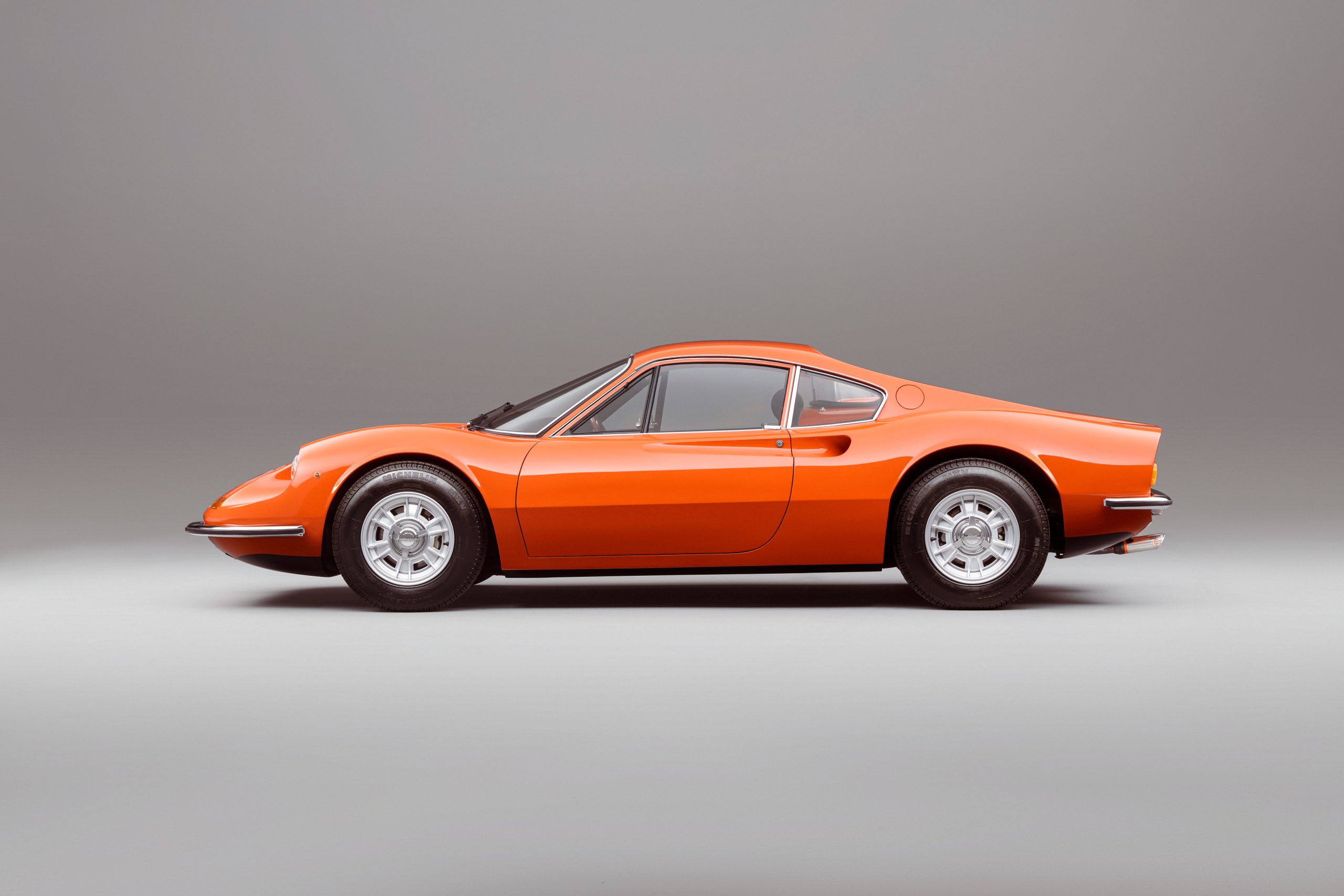



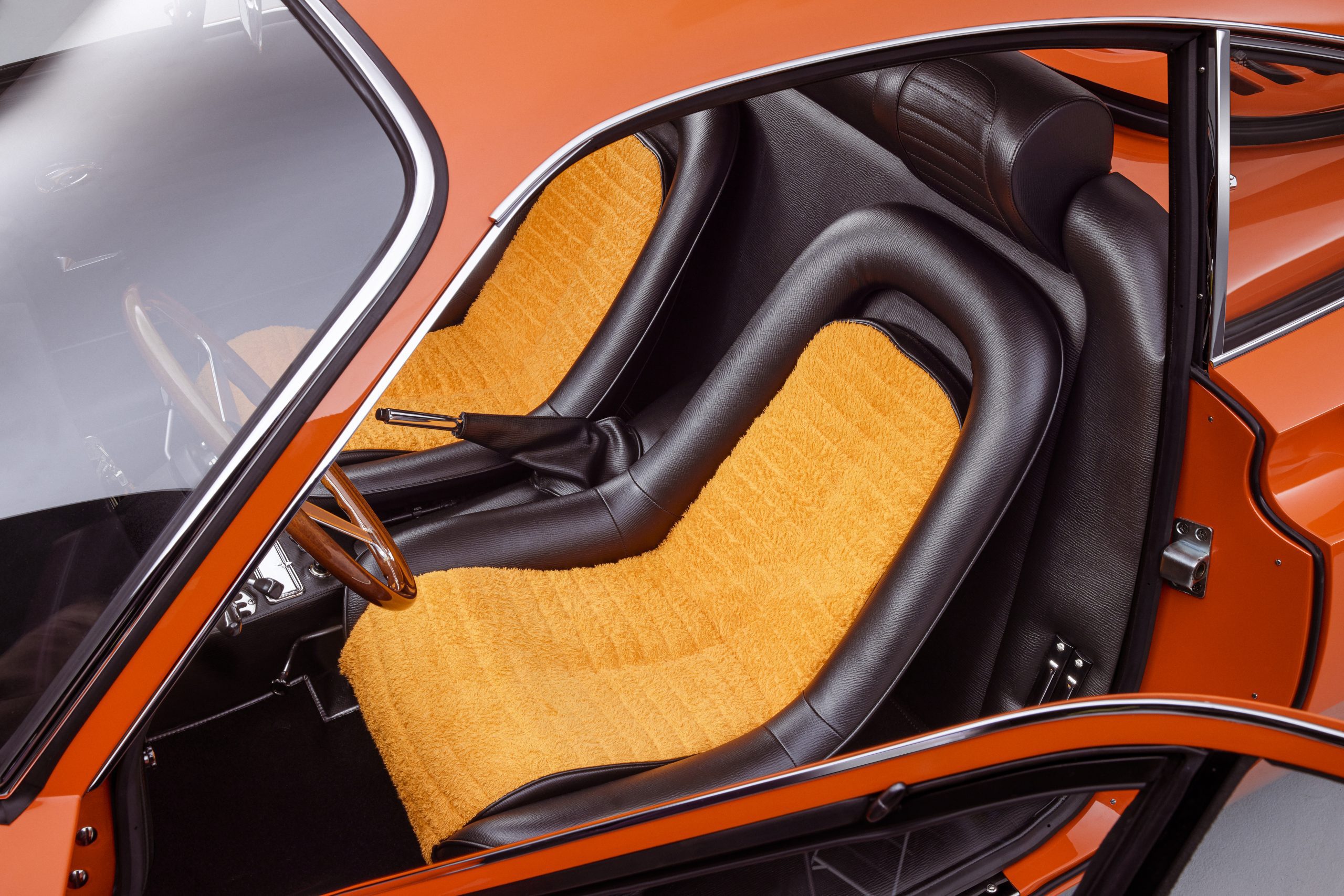


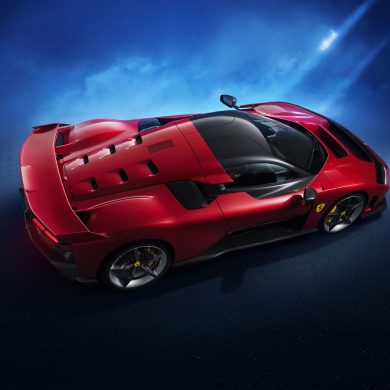
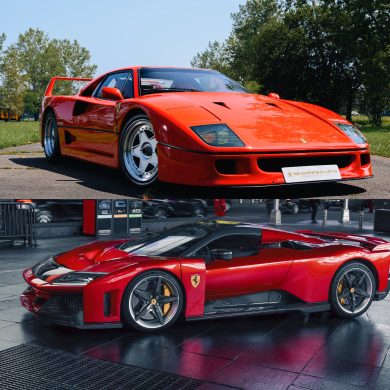
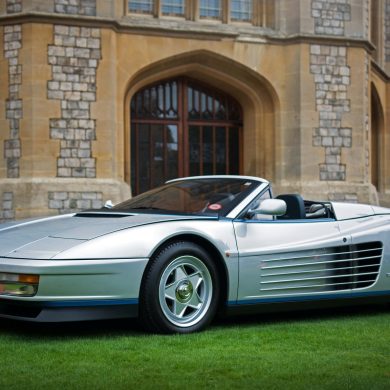
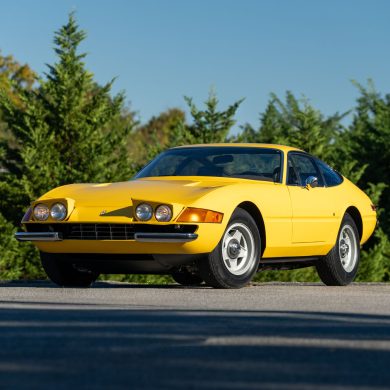
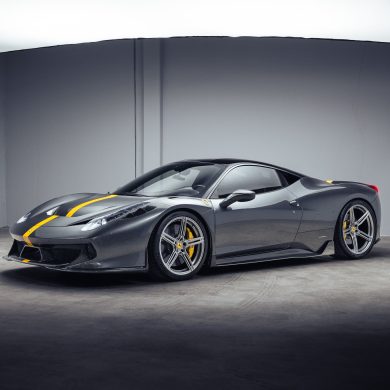


Maybe it’s just the L series characteristics, but the later wheels look much better with black centers and no fake spinners. Side markers for US made cars were rectangular. I like these small round ones better. Appears to be missing the Pinafarina plates. All the pics are of the non-original orange hue or did I incorrectly read the article about the change to Rosso Red? I like the gold valve covers. Was this original? Mine was a 1972 SN 02898. I have forever regretted selling mine for a measly $48K in 1988 (paid $21K in 1982). These surely are wonderful cars.
Great article about an equally great piece of beautiful machinery!